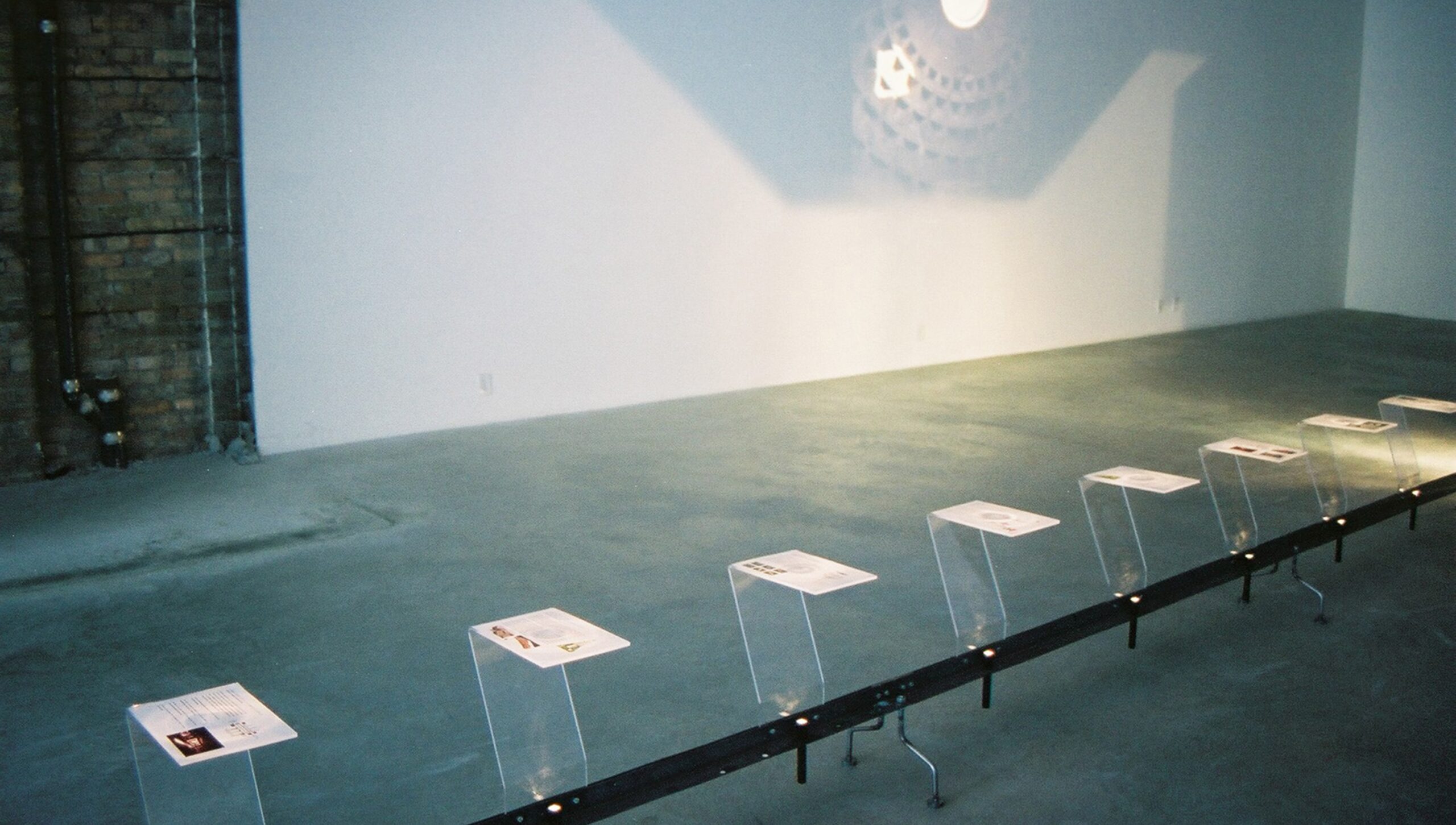
This exhibition explores themes that were central to the successful submission to the 2002-2003 Prix de Rome, most fully the idea of infrastructure. The built fabric of Rome is a palimpsest accumulated over more than two millennia. Central to this evolution is its structuring based on infrastructure, and specific to the Prix de Rome proposal, the infrastructure of water defined by Aqua Virgo and Aqua Virgine. Seen in this manner, the history of the waters of Rome is the history of Rome itself.
The exhibition design, and the projects it represents, reveals the potential of infrastructure as an idea related to architecture and urbanism. Fundamental to the notion of infrastructure is the organization of conditions towards the anticipation and accommodation of the present and the future. Contrary to the pursuit of design through a stylistic lens, to conceive of architecture and infrastructure as a material practice gives us the opportunity to improve the human condition, not merely express it. In this way, infrastructure allows those dealing with the built environment to invest in the exploration of architecture’s ability to frame potentials for human habitation and to structure the future of the city. This framing expresses itself as a directed field where program, event, and participation can evolve over time. It is an architecture that implies the offering of performance towards a future scaffolding for a complex series of events and activities not anticipated by any one individual, but shared and informed by a collective not yet imagined.
This exhibition explores themes that were central to the successful submission to the 2002-2003 Prix de Rome, most fully the idea of infrastructure. The built fabric of Rome is a palimpsest accumulated over more than two millennia. Central to this evolution is its structuring based on infrastructure, and specific to the Prix de Rome proposal, the infrastructure of water defined by Aqua Virgo and Aqua Virgine. Seen in this manner, the history of the waters of Rome is the history of Rome itself.
The exhibition design, and the projects it represents, reveals the potential of infrastructure as an idea related to architecture and urbanism. Fundamental to the notion of infrastructure is the organization of conditions towards the anticipation and accommodation of the present and the future. Contrary to the pursuit of design through a stylistic lens, to conceive of architecture and infrastructure as a material practice gives us the opportunity to improve the human condition, not merely express it. In this way, infrastructure allows those dealing with the built environment to invest in the exploration of architecture’s ability to frame potentials for human habitation and to structure the future of the city. This framing expresses itself as a directed field where program, event, and participation can evolve over time. It is an architecture that implies the offering of performance towards a future scaffolding for a complex series of events and activities not anticipated by any one individual, but shared and informed by a collective not yet imagined.
